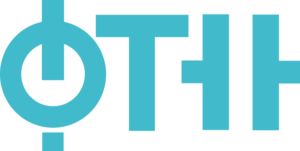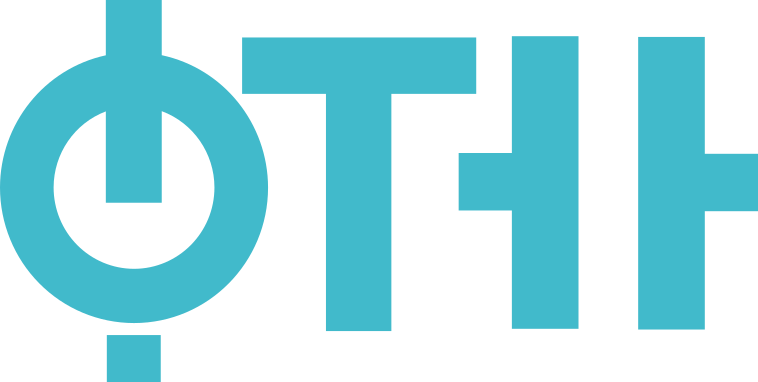Subject: Rendering Algorithms (17.IA023 )
Native organizations units: No data
Study programmes of the course:
| Type of studies | Title |
|---|---|
| Master Academic Studies | Engineering Animation (Godina: 1, Winter) |
| Master Academic Studies | Engineering Animation (Godina: 1, Winter) |
| Category | Theoretical-methodological |
| Scientific or art field | Design |
| Interdisciplinary | Yes |
| ECTS | 5 |
Educational goal:
Knowledge obtaining about rendering algorithms in Computer Graphics field. Applying these algorithms for quality pictures rendering. Existing algorithms analysis, that were used in 3D software such as 3D Studio Max or Maya.
Educational outcome:
Knowledge of basic techniques and algorithms for rendering and their use in Computer Graphics.
Course content:
The Physics of Light Transport. Models of Light. Radiometry. Light Emission. Interaction of Light with Surfaces. Rendering Equation. Monte Carlo Methods. Strategies for Computing Light Transport. Formulation of the Rendering Equation. The Importance Function. Global Reflectance Distribution Function. Classification of Global Illumination Algorithms. Stochastic Path-Tracing Algorithms. Ray-Tracing Set-Up. Simple Stochastic Ray Tracing. Direct Illumination. Environment Map Illumination. Indirect Illumination. Light Tracing. Stochastic Radiosity. Classic Radiosity. The Form Factors. Stochastic Relaxation Radiosity. Discrete Random Walk Methods for Radiosity. Photon Density Estimation Methods. Hierarchical Refinement and Clustering. Hybrid Algorithms. Final Gathering. Multipass Methods. Bidirectional Tracing. Metropolis Light Transport. Irradiance Caching. Photon Mapping. Instant Radiosity. Lightcuts and Multidimensional Lightcuts. The Quest for Ultimate Realism and Speed. Beyond the Rendering Equation. Image Display and Human Perception. Fast Global Illumination.
Teaching methods:
Lectures, Computer Practice, Consultations. For practical work we will use several software: Ogre3D, VTK, Nori, LuxRays, Mesa 3D, Ray Trace software package and RAY++. Two subject assignments and one final project are foreseen as pre-exam obligations. Each subject assignment can produce maximally 15% of total points while final project can carry maximally 30% of total points. Student must collect minimum of 30% of points from the pre-exam obligatory tasks in order to be able to take the final theory exam. Final grade of the subject is formed based on teaching and exercise class attendance, collected points on pre-exam tasks and final theory exam success.
Literature:
| Authors | Title | Year | Publisher | Language |
|---|---|---|---|---|
| 2019 | English | |||
| 2018 | English | |||
| 2013 | English | |||
| 2013 | English | |||
| 2016 | English | |||
| 2008 | English | |||
| 2014 | English | |||
| 2020 | English | |||
| 2015 | English | |||
| 2005 | English | |||
| 2006 | English | |||
| 2014 | English | |||
| 2013 | English | |||
| 2020 | English | |||
| 2019 | English |
Knowledge evaluation:
| Course activity | Pre-examination | Obligations | Number of points |
|---|---|---|---|
| Oral part of the exam | No | Yes | 30.00 |
| Exercise attendance | Yes | Yes | 5.00 |
| Project task | Yes | Yes | 15.00 |
| Project | Yes | Yes | 30.00 |
| Project task | Yes | Yes | 15.00 |
| Lecture attendance | Yes | Yes | 5.00 |
Lecturers:
vanr. prof. dr Krstanović Lidija
Associate Professor
Lectures

Asistent Miščević Milan
Assistant - Master
Computational classes
prof. dr Obradović Ratko
Full Professor
Lectures
Faculty of Technical Sciences

© 2024. Faculty of Technical Sciences.
Contact:
Address: Trg Dositeja Obradovića 6, 21102 Novi Sad
© 2024. Faculty of Technical Sciences.



